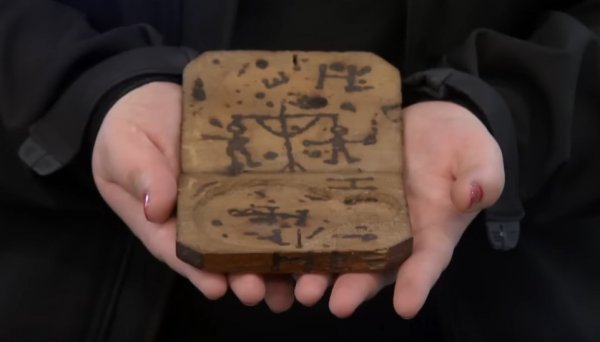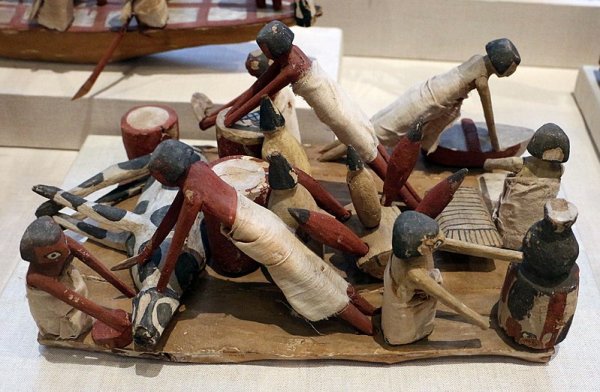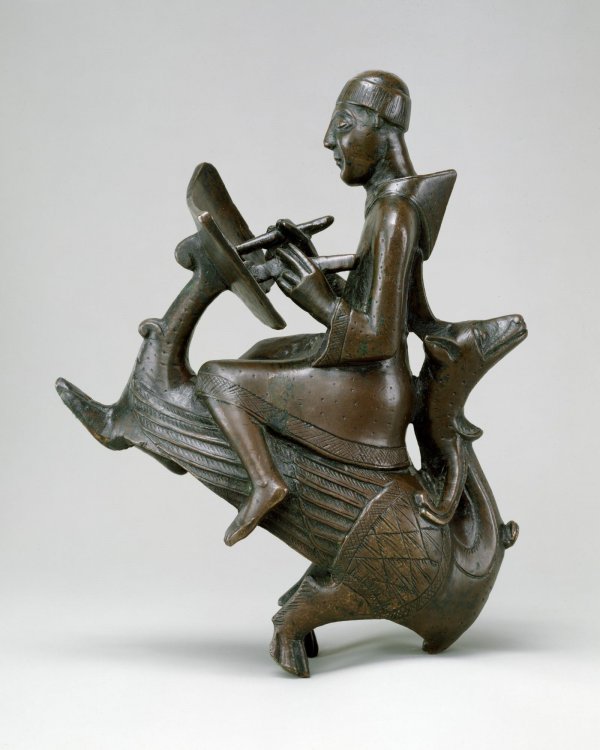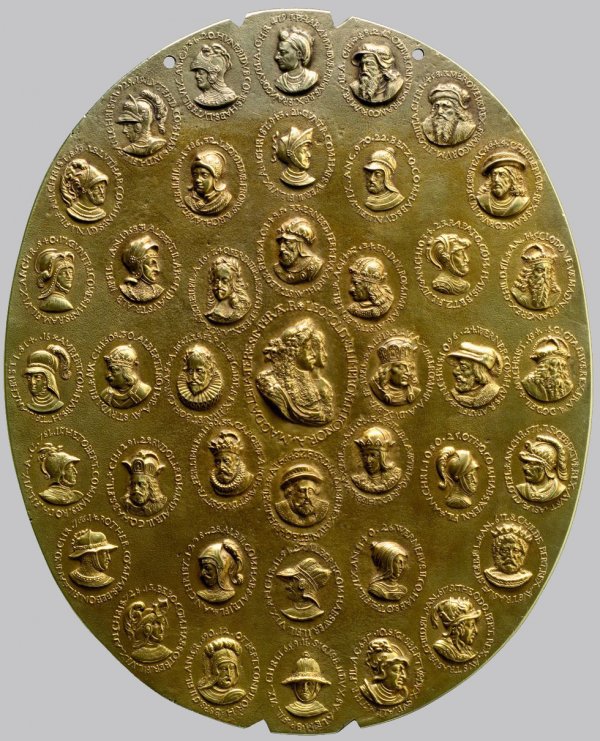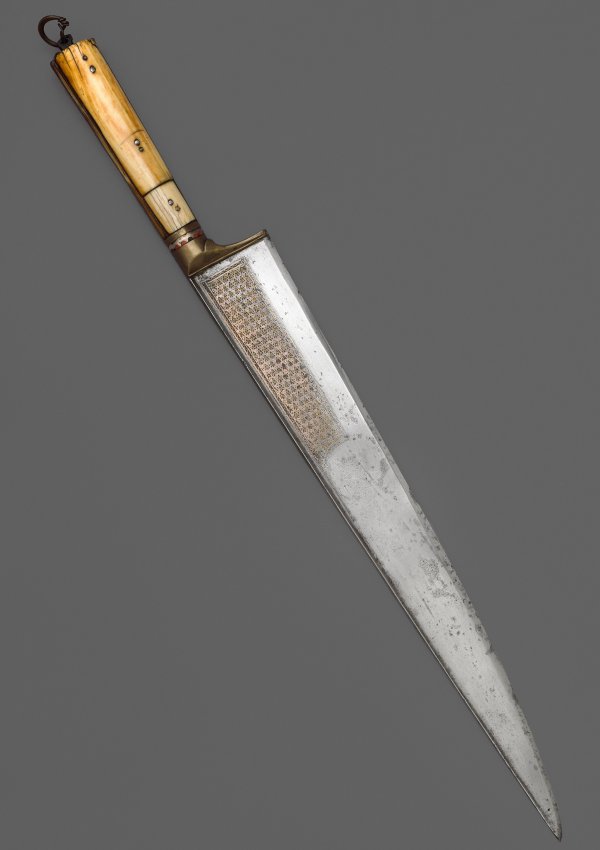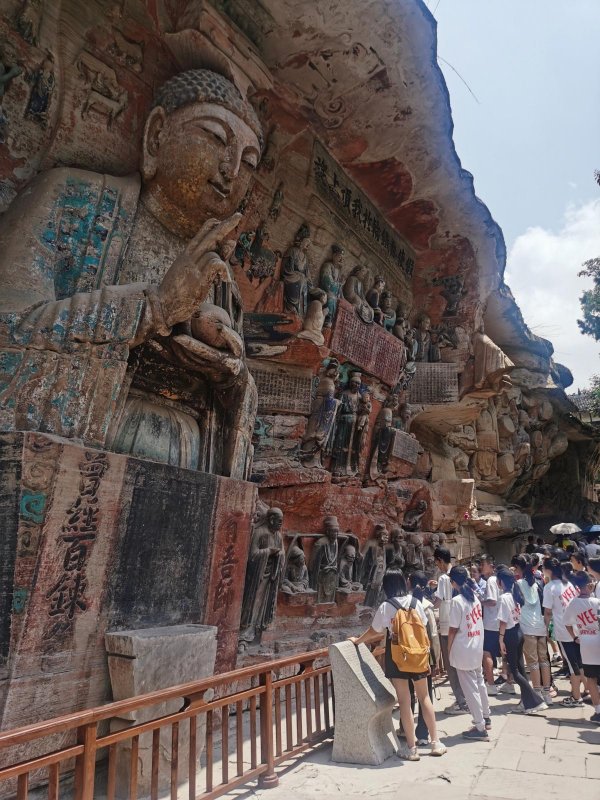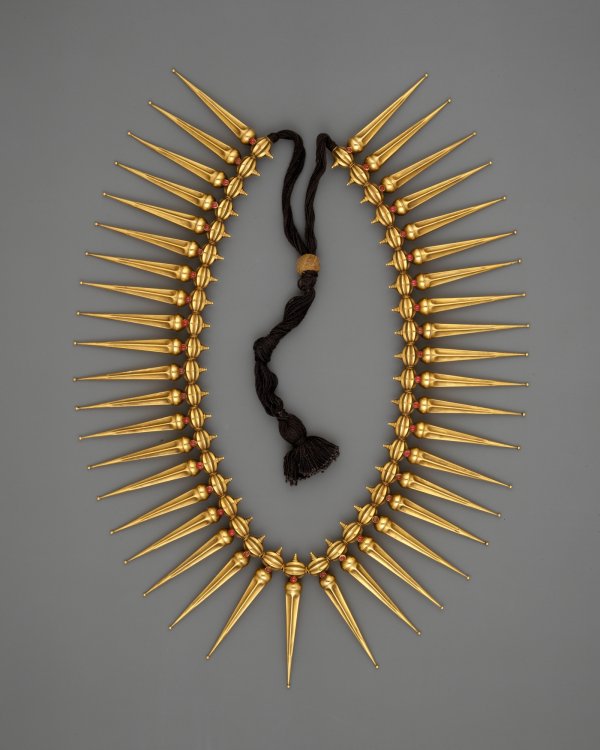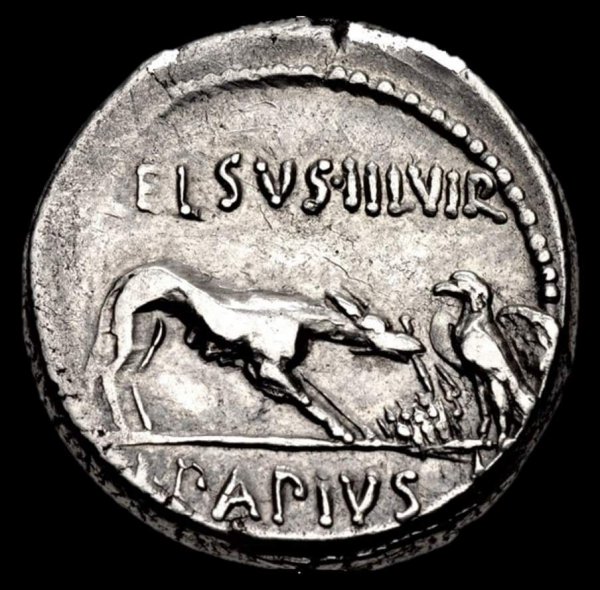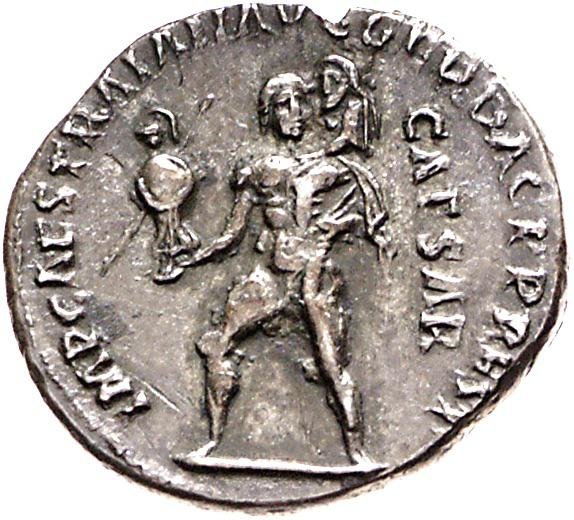The sanctuary of Fortuna Primigenia was an ancient Roman religious complex in Palestrina, Italy, founded in 204 BCE by Publius Sempronius Tuditanus. The remains of the sanctuary still standing today date to around 80 BCE. The bottom picture is a reconstruction of the sanctuary [960x1315]
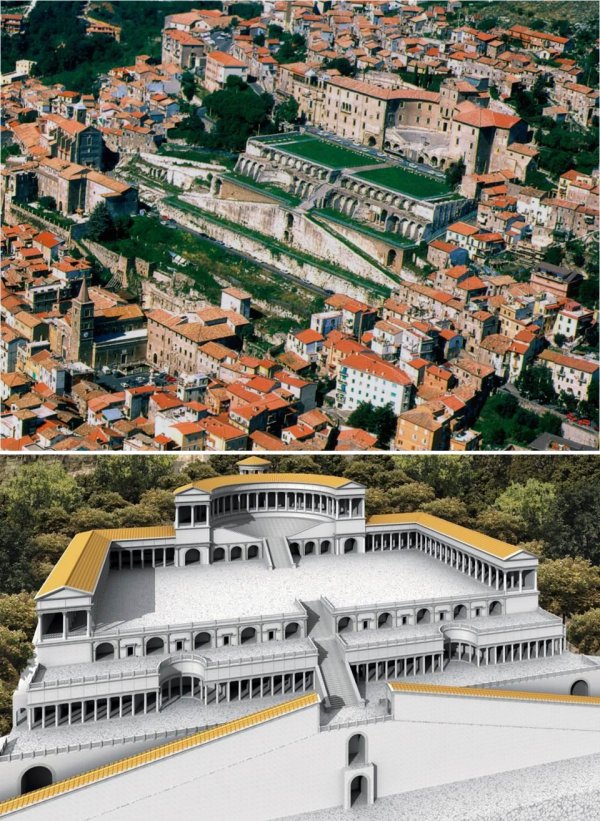
Like
Comment
Share
The Treaty of Tordesillas signed in Spain, on 7 June 1494, and ratified in Setúbal, Portugal, divided the newly discovered lands outside Europe between the Portuguese Empire and the Spanish Empire, along a meridian 370 leagues west of the Cape Verde islands, off the west coast of Africa [1500x1760]
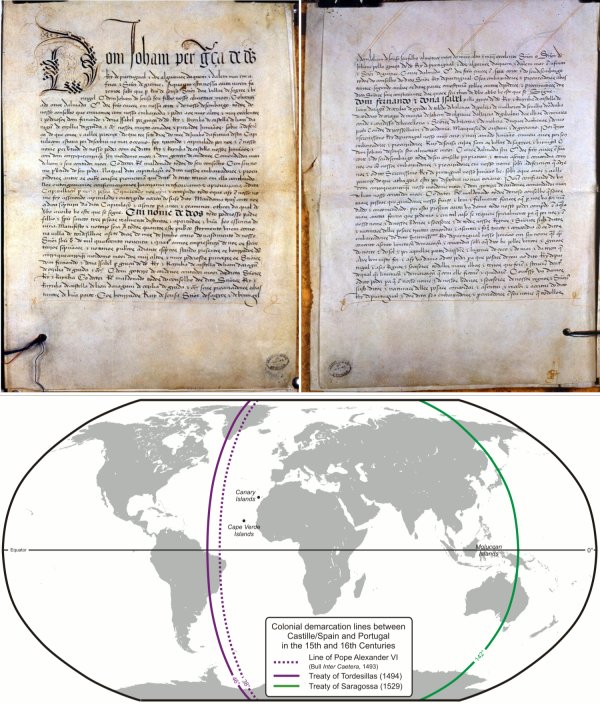
Like
Comment
Share

